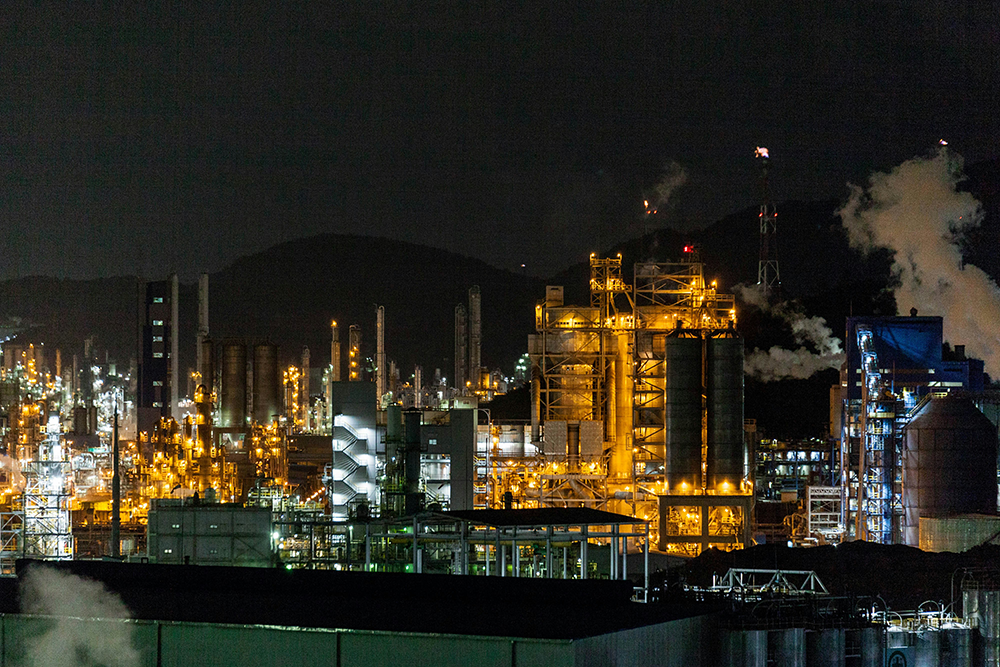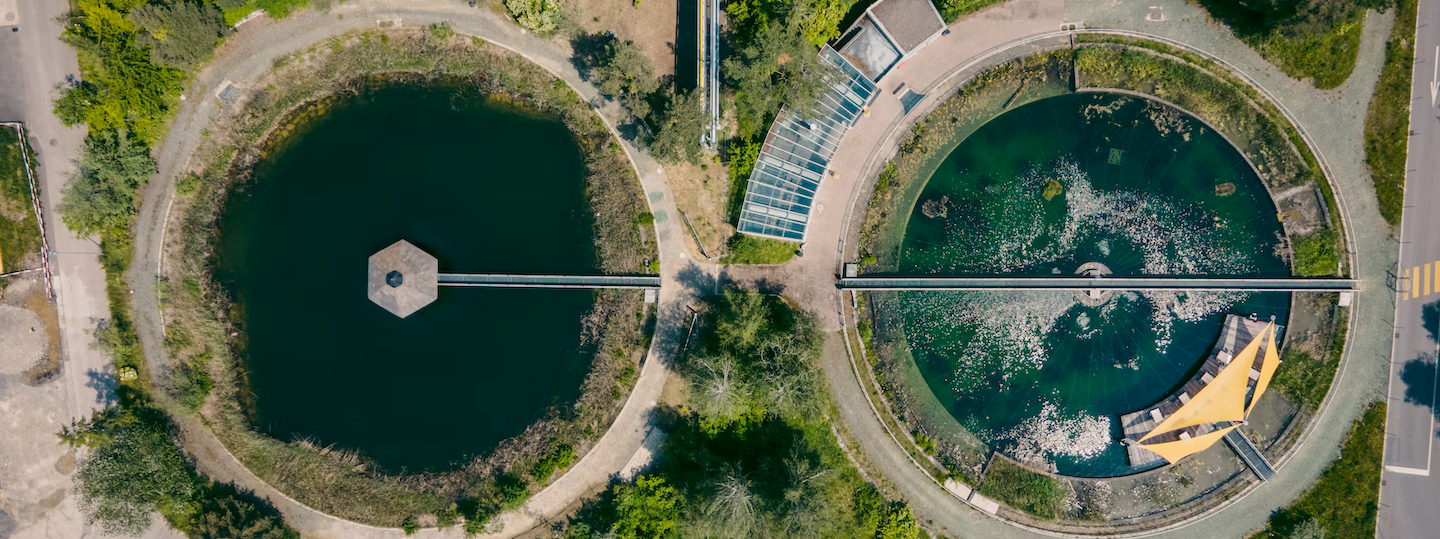High pressure pump stations are critical components in water distribution, industrial processing, and irrigation networks. But with higher pressures comes a greater challenge: air accumulation.
Trapped air in pressurised pipelines can cause flow interruptions, surging, pump cavitation, and even catastrophic equipment damage. The solution is a small air release valve, carefully designed to handle the unique demands of high pressure pump station environments.
Month: October 2025
Small Air Release Valve for High Pressure Pump Station
High pressure pump stations are critical components in water distribution, industrial processing, and irrigation networks. But with higher pressures comes a greater challenge: air accumulation.
Trapped air in pressurised pipelines can cause flow interruptions, surging, pump cavitation, and even catastrophic equipment damage. The solution is a small air release valve, carefully designed to handle the unique demands of high pressure pump station environments.
Sizing Chart for Small Orifice Air Valve
Small orifice air valves play a critical role in removing dissolved air from pressurised pipelines during operation. To perform effectively, these valves must be sized correctly. An undersized valve may not vent enough air, while an oversized valve may increase cost without additional benefit.
If you’re searching for a “sizing chart for small orifice air valve”, this guide explains how to select the correct size and provides an example chart to support accurate specification.
Composite Air Release Valve Advantages
Air release valves are essential for maintaining efficiency in water pipelines by automatically removing trapped air. While traditional materials like ductile iron, bronze, and stainless steel remain common, composite air release valves are increasingly popular.
If you’re researching “composite air release valve advantages”, this guide explains why engineered polymer materials are being adopted across irrigation, municipal, and industrial water systems — and how they compare to traditional metals.
Pipeline Vacuum Breaker Valve Function
Pipelines that carry water or other fluids face more than just the risk of air accumulation — they are also vulnerable to vacuum conditions. When pressure inside a pipeline drops below atmospheric levels, dangerous problems can occur: pipe collapse, flow disruption, or even pump damage. The solution is a vacuum breaker valve, a specialised device within the same family of air management valves (like air release valves) that ensures pipelines stay protected from negative pressure.
Air Release Valve Longevity by Material: Stainless Steel, Ductile Iron, and More
Air release valves are critical for removing trapped air from pressurised pipelines. While the function of the valve is consistent, the material you choose can dramatically affect longevity, maintenance, and total cost of ownership. Common materials include stainless steel, ductile iron, bronze, brass, and engineered plastics. Each offers different strengths, weaknesses, and lifecycle costs depending on your application. This guide compares the most widely used materials to help you make a more informed decision.
What Is a Small Orifice Air Relief Valve?
When operating pressurised water systems, air accumulation is a common yet often overlooked problem. Entrapped air pockets can reduce efficiency, cause noisy operation, or even lead to costly system damage. One of the most effective tools to prevent this issue is the small orifice air relief valve. This article explains what the valve is, how it works, and why it is essential for protecting pipelines and pumping systems.
Stop Air in Your Water System: Guide to Automatic Air Vents for Pipelines
How to stop air accumulation with single small air release valves
How to Remove Air from Pressurised Water Lines
How to Remove Air from Pressurised Water Lines
A guide to solving air accumulation with small air release valves.




